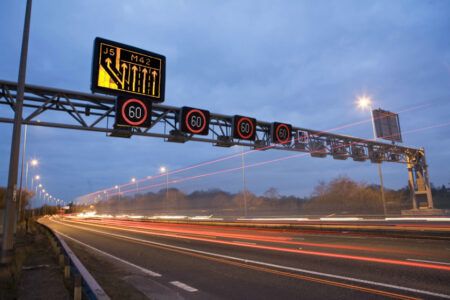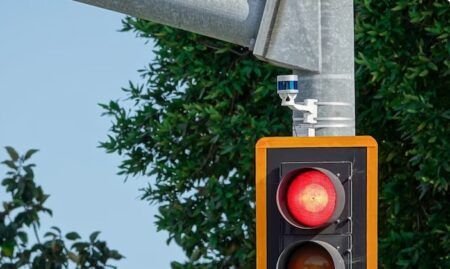One of the world’s most widely-used transportation planning and evaluation software systems has received a major upgrade, with the addition of numerous new features.
Developed in Australia, Sidra Intersection is a software package used for junction/intersection and network capacity, level of service and performance analysis by traffic design, operations and planning professionals worldwide.
First released in 1984, it has been under continuous development in response to user feedback. Sidra Intersection is a micro-analytical traffic evaluation tool that employs lane-by-lane and vehicle drive cycle models. It can be used to compare alternative treatments of individual intersections and networks of intersections, including signalized and unsignalized junctions and roundabouts (traffic circles), two-way stop and give-way (yield) sign control, all-way (4-way and 3-way) stop sign control, merging, diamond and diverging diamond, basic freeway segments, and midblock crossings for pedestrians.
The software allows modelling of separate movement classes with different vehicle characteristics, including light vehicles, heavy vehicles, buses, bicycles, large trucks, and light rail/trams. These movements can be allocated to different lanes, lane segments and signal phases; for example for modelling bus priority lanes and signals.
Sidra Solutions has now released Version 7 of its Intersection software, and the major upgrade includes the following new features:
Network signal timing calculations (Cycle Time, Phase Times, Signal Offsets); Common Control Groups for multiple intersections under one signal controller; Routes for performance reports and displays, and for signal Offset calculations; Network output by Routes; Route Output Comparison and Network Output Comparison by Routes; Larger number of User Movement Classes; New option for the US Highway Capacity Manual (HCM) Edition 6 roundabout capacity model to be available when HCM 6 is published; Various model improvements; ‘Convert (Batch)’ function to convert old version Project files; ‘View Layout’ function with lane highlighting in Lane Geometry, Lane Movements and Roundabouts input dialogs; And a large number of user interface improvements, including new output reports and displays.
The software is available in two variations: Network, which allows the user to model up to 20 intersections; and Plus that allows modeling of one or two intersections. It provides various facilities for calibration of its traffic models for local conditions in any of the regions that it is used, As of April this year, the latest versions of the software were in use by over 1,900 organizations, with about 8,300 licenses in 86 countries. The areas with the most extensive usage were: USA (650), Australia (440), Europe (200), New Zealand (70), South Africa (110), Canada (100), Malaysia and Singapore (110), the Arabian Peninsula (90) and Latin America (60).




